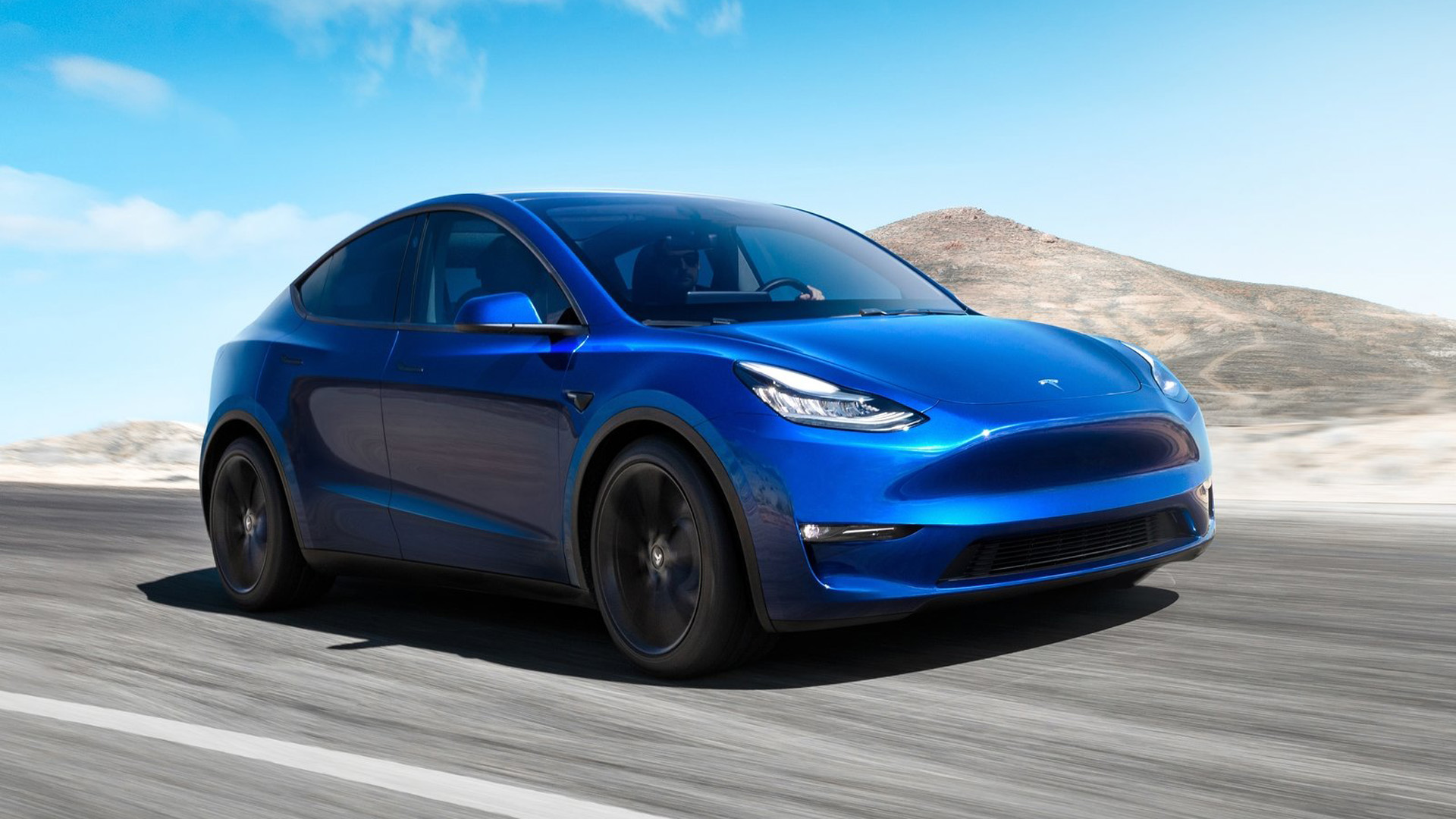

There’s no automaker that has more eyes on its financial situation than Tesla. Between investors, speculators, other automakers, short-sellers and CEO Elon Musk himself, everyone has something to say about what’s now the most valuable automaker—and indeed, one of the most valuable companies, period—on earth. And Tesla’s second-quarter 2020 earnings ended up being exceptionally good news for the electric automaker.
At the end of its second quarter, Tesla posted an unexpected profit totaling $104 million, a substantial climb from its prior quarter returns of $16 million. Most importantly, this number signals Tesla’s fourth consecutive quarterly profit, which could mean that the automaker’s stocks could soon be in for another roller coaster ride, but more on that later.
Behind the cash is, as always, the cars. In Q2, Tesla’s Model 3 and all-new Model Y represented a combined total of 80,227 deliveries. This is a slight rise compared to Q1 where Tesla delivered 76,266 examples of the vehicles, a feat during a time when economic uncertainty threatened car buying across the board.
Its more premium Model S and Model X vehicles did fewer deliveries, as expected. In all, Tesla delivered a combined total of 10,614 units to end out the quarter, a number which represents just under 12 percent of its total quarterly vehicle sales across its lineup.

It’s quite interesting to see Tesla’s demand remain rather consistent, especially during a period of economic uncertainty and in the midst of a global pandemic. While other automakers saw a sharp decline in new car sales, whether it be from poor consumer buying or stalled purchases without inventory, Tesla kept on pushing. It used techniques like contactless vehicle delivery to promote a feeling of security while buying a car, and even slashed prices to across its lineup to promote demand—not like it’s Model Y crossover needed extra help to stay spicy.
Speaking of hot, Tesla’s market share in the U.S. is on fire. According to sales data from Edmunds, the automaker accounted for nearly 75 percent of the American EV market in the first half of 2020. This is an enormous feat to retain given the competition of electrified offerings beginning to pop up Stateside. Tesla has also done a number in the more EV-dense Chinese market, becoming the best-selling EV just six months after churning out its first made-in-China Model 3 at Gigafactory Shanghai during the last few days of 2019.
Stock Performance
It’s no secret that Tesla’s stock prices have gone straight through the stratosphere and have coordinates for Mars. Since March, the automaker’s market value has jumped more than $210 billion, allowing Tesla to claim the crown once held by Volkswagen and Toyota as the world’s most valuable automaker. It is now worth more than several automakers put together.
It might seem odd that Tesla investors (let alone the public) are so enthralled by the automaker’s financial performance versus, say, Ford or Volkswagen, however, it’s critical to remember that Tesla is anything but typical. In fact, that (and CEO Elon Musk) is what has made Tesla worth $300 billion today.

But despite the numbers, many investors are wary of Tesla’s valuation in the current economic climate. CFRA Research analyst Garrett Nelson explained that Tesla’s share prices may have already exceeded the company’s fundamental performance, especially given that the automaker is ready to engage in a “major spending cycle” with the construction of Gigafactory 4 in Berlin, Germany, and soon-to-be-announced Gigafactory 5 which is rumored to be built in Oklahoma or Texas.
Risk aside, analysts have also raised several red flags about Tesla’s seemingly insatiable demand. As mentioned earlier, prices across Tesla’s lineup were slashed earlier this year, and it’s still unclear if that’s indicative of a global market shift during a pandemic, or if it truly represents a drop in demand. Nelson specifically cited the number of new Tesla vehicles registered in California from April to June, which dropped as much as 50 percent in Tesla’s biggest U.S. market segment.
The same holds true for other electric automakers who find themselves square in the center of the EV bubble. Stocks are up for start-ups in the future-facing auto industry segment—that goes for automakers, battery manufacturers, charging companies, and fleet providers of EVs. One can only imagine that Tesla’s insane valuation is one of the driving forces behind similar pushes in other industry players like Workhorse Group, which saw an even larger jump than Tesla at a 1,635 percent valuation climb in 2020. Everybody wants some of that crazy Tesla money, even when the world is pinching its pennies. Could this wild value be indicative of a bubble ready to burst if demand doesn’t catch up?
The most important takeaway is that Q2 marks Tesla’s fourth consecutive quarterly GAAP profit, meaning that the automaker is now eligible to be considered for inclusion into the S&P 500—an index that is seen as a representation of the U.S. stock market as a whole.
Tesla shares climbed to $1,715 during early after-hours trading.
Half A Million Cars In 2020?
Tesla’s progress is certainly progress worth mentioning. This is a continued stride in the right direction for the automaker, an indication that the market is still speaking in the midst of economic turmoil, and an even bigger, perhaps even unintentional, move towards sustainable energy. Tesla says that it plans to continue pumping out vehicles for the rest of 2020, showing no signs of slowing anytime soon.
“We have the capacity installed to exceed 500,000 vehicle deliveries this year, despite recent production interruptions,” reads Tesla’s quarterly financial update. “While achieving this goal has become more difficult, delivering half a million vehicles in 2020 remains our target.”
Got a tip? Send us a note: tips@thedrive.com